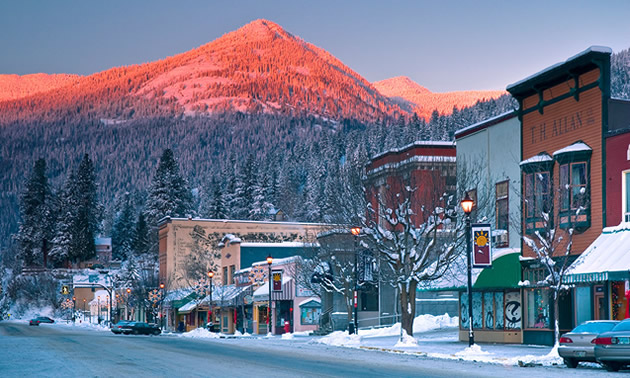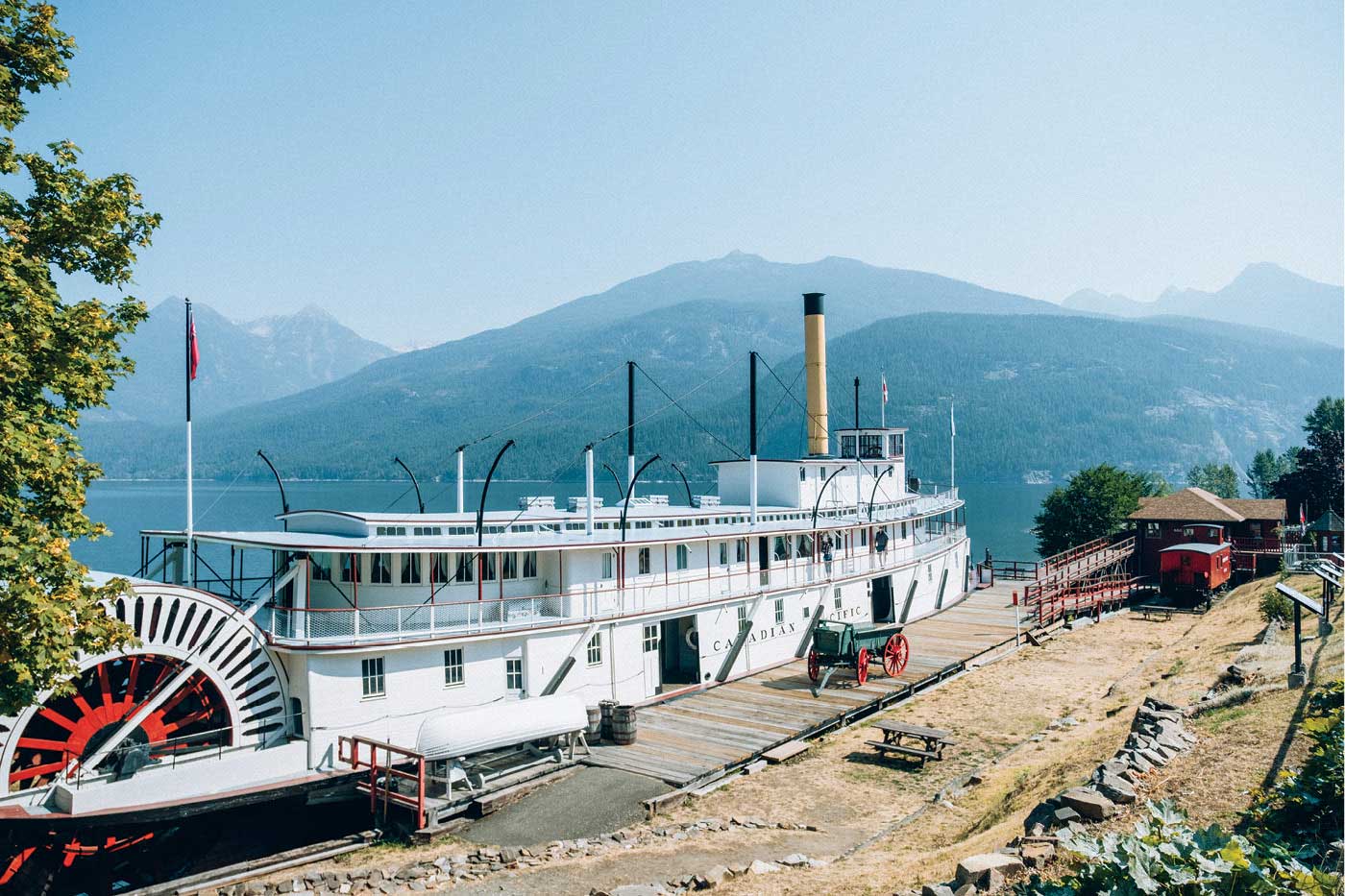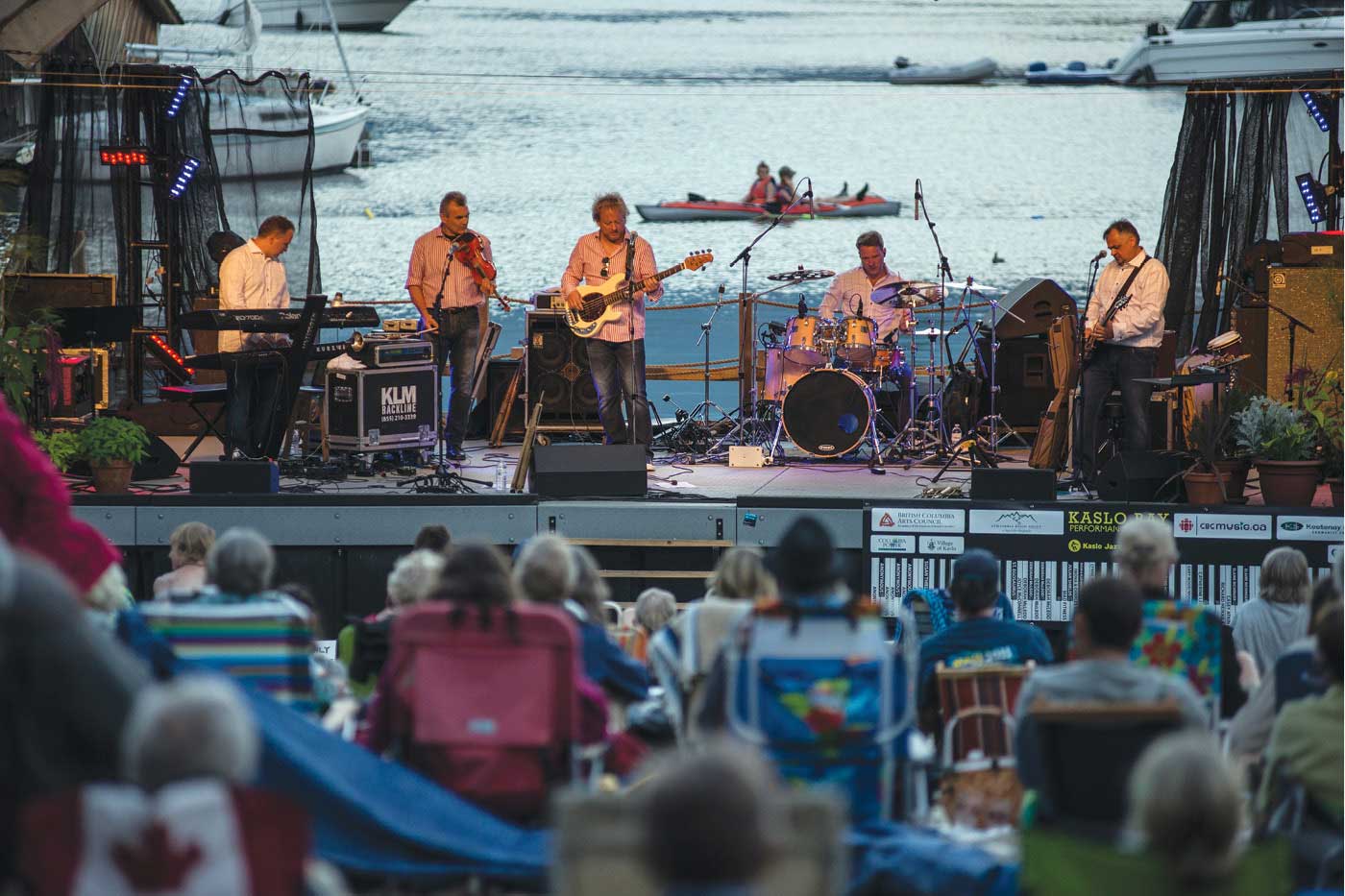HISTORY
Although it was the Blue Bell, the Silver King and the mines of Hot Springs Camp (Ainsworth) that lured prospectors and promoters to West Kootenay in the 1880s, it was the Slocan country between Kootenay and Slocan Lakes that made it famous. Rich outcrops lying close to the surface yielded quick returns to men hand working with pick and shovel, while the steepness of the mountains permitted access by short horizontal tunnels.
In the summer of 1891, three prospectors started the rush to what became know as the “Silvery Slocan”. Shouldering their packs on the bench where Kaslo Creek joins Kootenay Lake, they set off toward the snow capped mountains. They were Andy Jardine from Ontario, John Allan an American from Virginia and Jack McDonald who had arrived via Upper Arrow Lake after wintering with a friend in Lardeau because of deep snow. When the friend died of pneumonia, Jack preserved the body in a snowdrift until spring, then packed it into Kaslo for burial.
The three followed Kaslo Creek to its source in tow small mountain lakes they named Fish and Bear. About 21kms from Kootenay Lake, they found a promising outcrop in a region they named the Blue Ridge, staked the claims and registered them on July 29, 1891, first in the Slocan.
The ore samples proved very rich – so rich that by early 1892, men were pouring into the mouth of Kaslo Creek. Many braved Kootenay Lake in small rowboats but most arrived on the steamers, Galena, City of Ainsworth, State of Idaho, Nelson and Spokane. They pitched tents on the each, then headed for Bear Lake Summit and the mountains.
At the time there was only one log cabin, but when miners, promoters and others started arriving by the hundreds, George Kane subdivided 160 acres into lots and the town of Kaslo was born. By 1892, the population was 600 and it was the busiest community on the lake, although rather basic. The newspaper was the Kaslo-Slocan Examiner.
The population was almost entirely men, although a few families had arrived. There were few sidewalks and no electric lights so the stores were in complete darkness at night and people used coal-oil lanterns, miners lamps or “bugs” made from a tomato can, haywire for a handle and a candle. Water was sold from two hogsheads on a wagon for 25¢ a barrel to downstream residents and twice if upstream.
By 1893, the population was 3,000, with additional thousands of transients who filled every type of accommodation. The Slocan Hotel had 70 rooms and had been built by 73 carpenters in 30 days from lumber so green “the needles were still growing” – as the drying boards shrank, privacy in adjoining rooms grew less by the day – but demand was so high, there were 3 customers for every bed and people slept in shifts. To save time, the foundation was nailed right to the tree stumps.
Businesses included a bank, 14 barber shops, a variety of saloons and a second newspaper (Robert Thornton Lowery’s Kaslo Claim). The Comique Theatre (more appropriately named the “Red Light Theatre”) had a saloon on each of its three floors, a revolving stage with vaudeville entertainment. It was packed every night, not so much for the entertainment but for the 80 “dancing girls”, with dancing one of their lesser qualifications. The Comique was short lived. Respectable citizens considered it a blot on the community. A delegation of citizens presented a petition at the first city council meeting and it was closed.
The financial centre of the Slocan was Spokane, Washington, where a panic resulted in the price of silver falling and five banks failing. Money to invest in potential mines evaporated and in Kaslo, the bank and other businesses closed and the population dropped to under 1,000. The August 25th, 1893 edition of the Kaslo Claim had a tombstone “Busted, by Gosh, Keep off the grass, sacred to the memory of the Kaslo Claim. Born May 12, 1893; died August 25, 1893. Aged sixteen weeks Let her R.I.P.”
After Lowry left Kaslo he moved to Nakusp and started the Ledge, another paper. In all, he founded 8 newspapers during his BC newspaper career. Not content with the weeklies, he also began a monthly periodical called the Float that “tells about booze in Nelson, poker in the Silvery Slocan, gospel at Bear Lake and rain in New Denver”.. His publication s were probably the most colourful accounts ever written about life in West Kootenay’s mining communities.
Lowery was 5 feet tall, bearded, was spectacles, was mild mannered and had acquired the nickname “Colonel”. But this concealed an acid wit with readers either titillated or shocked by his comments. The CPR refused to allow his papers to be sold on is trains. When 4 ministers left their churches to go mining, Lowry wrote “Four parsons have recently deserted their pulpits in Kootenay to make filthy lucre out of mining. Th power of gold is indeed great when God’s brokers. will quit fishing for souls to bait their hooks for the stock sucker. The fact just mentioned proves how mercenary and insincere some of the western skypilots are.”
Lowry was an excellent poker player and a heavy drinker when heavy drinking was routine. The champion of miners and the underdog, her felt victimized by bureaucracy. He left Kaslo in 1893.
On Feb 25. 1894, a fire apparently started deliberately wiped out most of Front Street with its hotels, stores and a total of half its assessed value. A heavy snow winter was followed by Kootenay Lake rising 14 feet above normal high water about half the area not destroyed by fire (the region east of 3rd Street), was under 10 feet of water. Then on June 3, a freak wind storm produced lake waves up to 10 feet high destroying the jail, wharf and scores of buildings including the Galena Trading Company. The only thing saved were barrels of liquor floating in the lake along with sofas, pianos, chairs and other household items. The hot wind of the storm melted more snow and the the already flooding Kaslo Creek rose higher destroying more homes including the mayor’s. In 4 months, ¾ of the assessed value of the town had vanished.
Rebuilding started immediately helped by higher silver prices. The 1895 construction of the Kaslo & Slocan Railway then gave a massive boost. In 1897, the population was 2000, it had a splendid water supply and was the central distribution point for 75 good shipping mines. Several steamers ran on the lake connecting to several railways. There were many wood framed buildings – churches, school house, public offices, sawmill with capacity of 40,000 board feet/day, planing mill, sash and door factory, ore sampling works, brewery and bottling works, two banks, electric light works and numerous stores – 100 buildings had been erected in 1897 alone.
The price of silver plummeted again and didn’t recover. The population dropped to 700 from a high of 5000. Today it is a stable community of 1,000 with 65 heritage buildings (including the 1898 City Hall and Presbyterian church) and an economy supported by logging, sport fishing and tourism.

The Moyie that served Kootenay Lake from 1898 to 1957 now sits on a concrete birth at the end of Front Street.

The Kaslo Jazz Festival is held on a lake shore stage in the first weekend of August.
